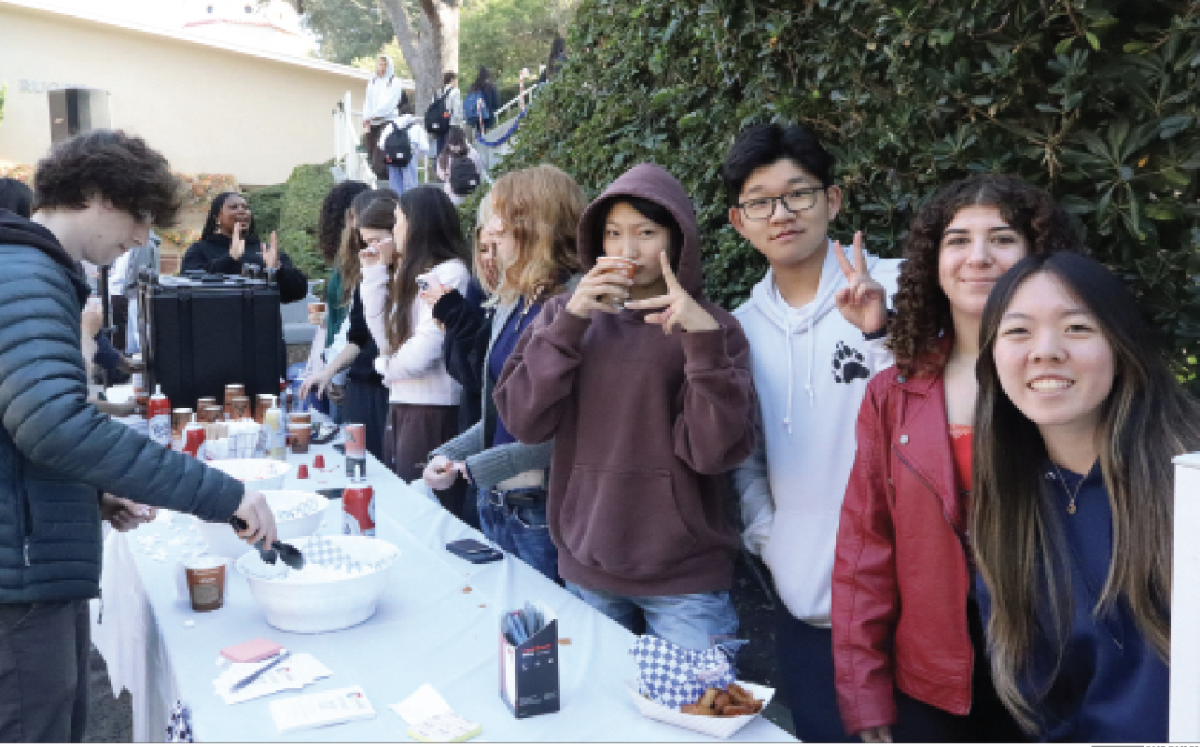By Saj Sri-Kumar
Ever since the first weeks of sophomore year, upper school students have practiced the emergency evacuation plans over and over again. With the construction of the Kutler Center and the new pool, it won’t be so simple this year.
Traditionally, students have headed down the stairs from all over campus to Ted Slavin Field. However, with the part of the main staircase leading down from the upper part of campus now closed, evacuation could become significantly more difficult.
“We tell people to be familiar with your buildings because you might not be able to use that route that you’ve always used in the drills to evacuate,” security guard Mark Geiger said. “All those people who evacuated from Feldman-Horn [and] the Library down into the quad and onto the field, they can’t go that way anymore. [The driveway] is going to be the main thoroughfare for any type of evacuation.”
Head of Upper School Harry Salamandra said he and other administrators had talked to faculty members about evacuation plans, which they plan to practice in upcoming emergency drills.
“We’ll have opportunities coming up to try this out,” he said. “We have a drill coming up in October, the California ShakeOut. We’ll see how we, students and adults on the campus, can evacuate the buildings.”
Salamandra said students and teachers who underwent Community Emergency Response Team training late last school year will be assets to the community.
“I participated in the one in June, and it was pretty comprehensive,” Salamandra said. “It was a good program. They even had you put out a real fire with a fire extinguisher to give you some training.”
Geiger also said he felt that the training could be helpful in the event of
an emergency.
“The kids who have been through CERT training, they’re going to be sprinkled throughout campus,” Geiger said. “[Students] will be able to help each other until help gets there.”
Geiger said that he and other members of the security team have had to consider the worst-case scenario in the event of a natural disaster.
One of his concerns is that the main driveway from the Seaver Academic Center could be blocked off.
“You look at what happens if one of those trees fall,” Geiger said. “You have to consider power lines, and if there are any power poles that if they fell, could be in a position to block the roadway.”
“Especially if we have that big earthquake, we don’t really know what’s going to happen,” he said. “We don’t know if all the codes and standards are set up and if they’re going to hold. The potential for broken glass or pieces of a building breaking off, it’s there.”
Other than a fire or earthquake, another emergency situation would be in the case of a shooter on campus.
Unlike most emergencies, Geiger said that students will not be advised to go to the field, but rather to leave campus and seek safety.
As a result, Geiger said that the blocked evacuation routes wouldn’t have as much of an effect. When a shooter is on campus, the main objective would be to avoid the shooter, rather than go to a specific location.
“Active shooter situations are the one emergency where we don’t evacuate to the field,” Geiger said. “If you can do it safely, get off campus.”




























